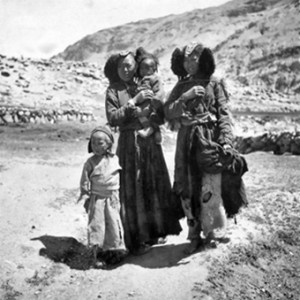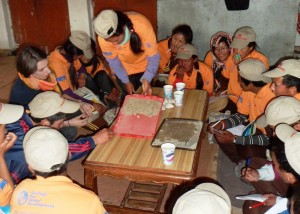EVENT REMINDER
—-
THE LOST WORLD OF LADAKH: RECLAIMING THE PAST, SUSTAINING THE FUTURE
Venue: The Geological Society, Burlington House, Piccadilly, London W1J 0BG.
24 October 2014, 5.30pm – 8.30pm
Tickets (£20) and Registration – www.geolsoc.org.uk/Lost-world-of-Ladakh
The Geological Society recently co-organised an international conference in Leh, the capital of the historic Himalayan kingdom of Ladakh. Sustainable Resource Development in the Himalayas brought together scientists from the Himalayan nations and around the world, to discuss with policy-makers and community representatives how to develop sustainably the rich and varied resources of the Himalaya, to benefit the local communities and nations to which they belong.
This conference was preceded and followed by an education programme, with interactive classes focusing on topics such as energy efficiency, climate change and natural hazards. Students were encouraged to take personal responsibility for what they can do to help address these challenges, and to act as ambassadors in their communities.
History offers us a valuable tool to understand and plan for development. The Lost World of Ladakh: Early Photographic Journeys in Indian Himalaya (1931-1934) is a recently published book, profiling the photographs of Rupert Wilmot, a British solider serving in India. These photographs give us a unique opportunity to visualise this region in the 1930s. The ability to contrast such images with images taken 80 years later provides an insight into both environmental and cultural change.
Programme
Nic Bilham, Director of Policy and Communications at The Geological Society, will give a Welcome Address.
Nicky Harman and Roger Bates will talk about their book, THE LOST WORLD OF LADAKH: Photographic Journeys through Indian Himalaya, 1931-1934, and the enthusiasm in Ladakh for reclaiming the culture of the past from archive photographs.
Professor Peter Sammonds, Director of the UCL Institute for Risk and Disaster reduction, and Joel Gill, Director of Geology for GlobalDevelopment, will talk about the recent Sustainable Resource Development in the Himalaya conference and students’ education programme (further information available here – www.geolsoc.org.uk/himalaya14).
A panel discussion will include additional regional experts. Dr Mohammad Shamsudduha, a hydrogeologist based at UCL, and Dr Virginie Le Masson, Research Officer at the Overseas Development Institute will share their insights and experiences.
The evening will wind up with drinks and a chance to talk to the contributors. On display there will be an exhibition of photographs from recent work in Ladakh and THE LOST WORLD OF LADAKH: Photographic Journeys through Indian Himalaya, 1931-1934, (Rupert Wilmot, Roger Bates and Nicky Harman, Asian Highlands Perspectives, 2014). A selection of A4-size prints, and copies of the book, will be on sale.
Tickets: £20.
For registration and further information, please visit www.geolsoc.org.uk/Lost-world-of-Ladakh.
The Geological Society is a not-for-profit organisation. All profits raised from this event will go to support the Sustainable Resource Development in the Himalayas conference and associated work.


